Can cerebral palsy patients walk?
This is a question every parent or caregiver thinks when they see their loved ones face the challenges of this condition.
But what if we tell you that cerebral palsy patients can walk? Whether the patient will be able to walk mostly depends on the location and severity of their motor impairment.
Also, some treatments can help people with CP walk and lead an active life.
Let’s learn about them in detail.
Key Takeaways
- You should start therapy early to improve the mobility of your child with CR.
- Physical therapy, occupational therapy, and stem cell therapy can improve walking and motor skills.
- Common foot problems like toe walking and flat feet can affect your child’s ability to walk and they need medical attention.
- Consulting doctors and therapists early ensures the best care and support for your child’s mobility development.
- Combination therapy can be another treatment option to increase the chances of your child living a self-reliant life.
Can Cerebral Palsy Patients Walk?
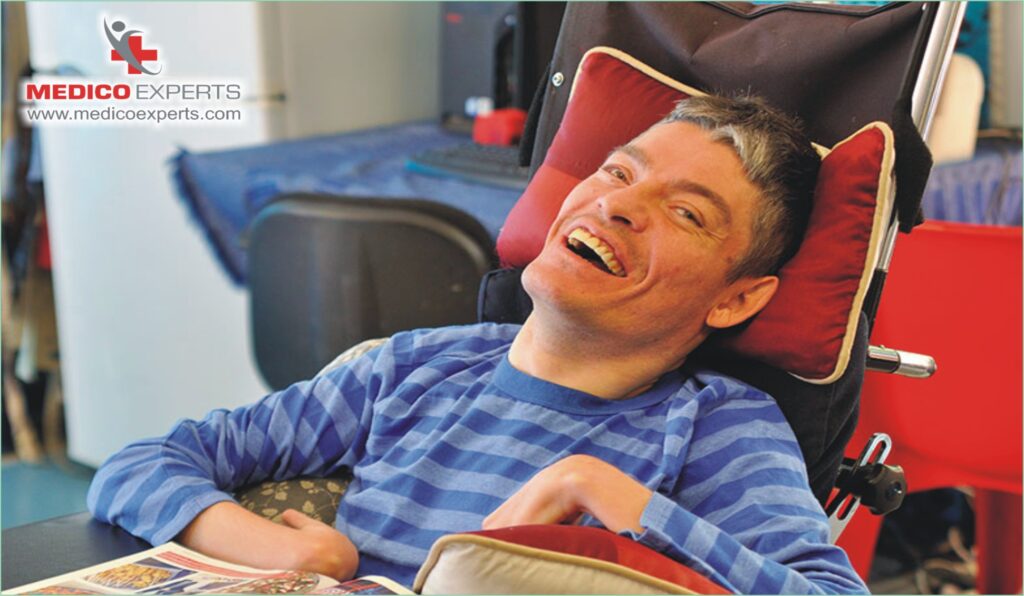
A spectrum of different motor impairments come under cerebral palsy. It affects how a person moves, balances, and coordinates their body. That is why some people with CP face difficulty in walking.
So if your child has CP, there is a good possibility that they will have difficulty in walking. They may have severe or mild issues while walking. You need to consult a doctor and assess mobility issues and then prepare a treatment plan or assist them in overcoming these challenges.
Then, you can decide whether the child needs physiotherapy, assistive devices, medicine, or advanced treatments like stem cell therapy.
Your child can walk and perform daily activities without hindrance with proper care, support, and treatment.
Why do people with Cerebral Palsy have Mobility Issues?
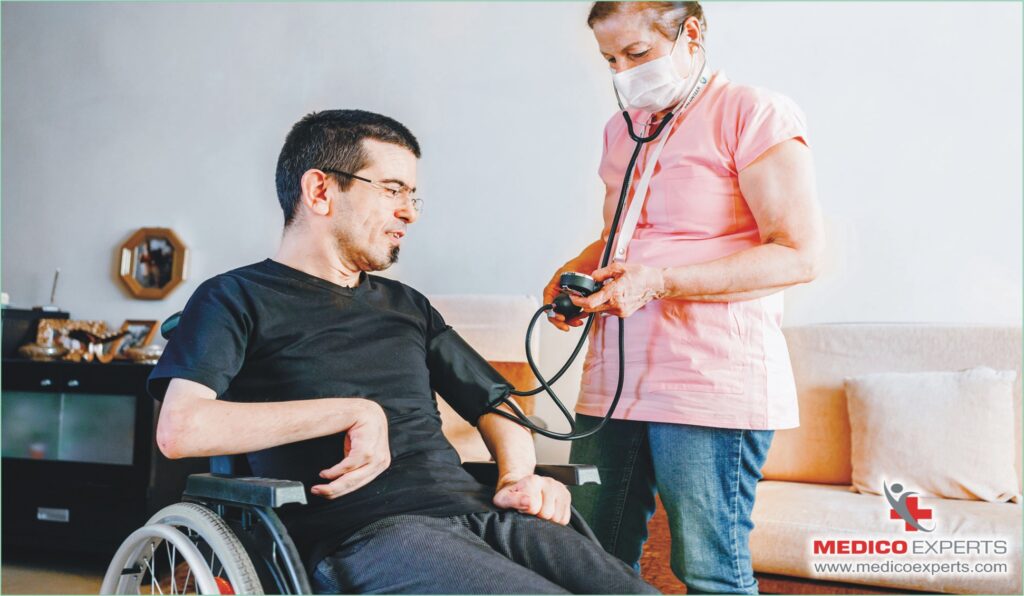
Cerebral palsy causes damage to a developing brain that hampers the brain’s capacity to control movement and maintain balance and posture.
The severity of CP is measured through the Gross Motor Function Classification System (GMFCS). There are 5 levels to it. Level 1 is the mildest and level 5 is the severest.
Children who are in levels 1 and 2 can walk without support. However, children who are in levels 3 and 4 may need support to walk. Children in level 5 have severe motor impairment and need a wheelchair and caregiver’s support to move.
Supportive therapies can help improve your child’s motor skills. As said above, stem cell therapy has given hope to many parents whose children have severe mobility issues due to CP.
Foot problems that happen due to CP
Cerebral palsy can lead to many foot problems. Let’s check some common ones:
Toe Walking
Walking on their toes or balls of feet is a common issue with children who have started walking recently. Most children leave this habit over time. But some children continue it out of habit. You do not need to worry about it as long as your child is growing and developing normally.
But sometimes the reason behind toe walking is cerebral palsy, muscular dystrophy, or autism spectrum disorder. So if your child is toe walking after age two, you must consult your doctor immediately.
Check whether your child also has tight leg muscles, lack of muscle coordination, or stiffness in the Achilles tendon (a band of tissue connecting the calf muscle to the heel bone).
Flat Feet
When the child’s feet have very low arch or no arch at all, it is called flat feet. Children with CP suffer from this condition due to low muscle tone. If your child has flat feet it will hamper their ability to walk properly.
Clubfoot
Clubfoot is another foot deformity that can happen due to cerebral palsy. Clubfoot happens when your child’s foot turns inward. It turns inward so that the bottom of the foot faces sideways or upward.
Different Leg Length
If your child has spastic hemiplegic cerebral palsy, they might have legs of different length and size. This different leg length can affect your child’s mobility, posture, and balance.
If one leg is shorter than the other, their walk pattern will be uneven and they will have difficulty in balance. This in turn can cause falls.
Leg Torsion
If your child has leg torsion, there is this abnormal twisting of the shinbone (tibia) or thigh bone (femur). It can create difficulty in walking for your child and lead to an abnormal gait.
How to help a child with Cerebral Palsy walk?
There are different treatment options to make a cerebral palsy patient walk. Here are some of the best ones:
Stem Cell Therapy

Stem cells have this amazing power to transform into brain cells whenever these cells touch damaged brain cells. Because of this special power of stem cells, they are used in the treatment of CP.
The regenerative power of stem cells helps them heal the damaged nerves. Stem cell therapy restores blood flow to damaged brain tissues by boosting the healing of the new blood vessels.
Many patients have experienced significant improvements after they are treated with autologous bone mesenchymal stem cells. Stem cell therapy with these mesenchymal cells has led to significant and effective improvements in them. The therapy is simple, secure, and effective because it works at the neurological level. It helps them become independent and also boost their motor skills significantly.
Stem cell therapy is safe and effective. To learn more about the procedure, go to our webpage.
Ayurveda

There are Ayurvedic treatments that can help your child if they have progressive neuromuscular disorders including Cerebral Palsy. Panchakarma therapy, which is also known as detoxification therapy, and yoga Vashti are some effective treatments for cerebral palsy.
Panchkarma aims to boost their metabolism, increase their focus, and lower muscular spasticity, and the medicines that are given boost their brain function.
Vashti protects the child’s brain from further brain damage. Some ayurvedic medicines are used to regenerate the damaged brain cells. These medicines are made of herbs like Shankhapushpi, Bhahmi, Kushmand, Jyotishmati, Satavari, and Haritaki.
Homeopathy

Homeopathy helps improve mobility and gives relief from pain and other symptoms related to cerebral palsy.
Homeopathy follows the principles of like cure likes and the law of minimum dose. The former believes in giving a person medicines that trigger their symptoms further. Homeopathy practitioners believe that doing so boosts your body’s immune system and then it fights the illness and its symptoms better.
The second principle focuses on giving a minimal dose of the medicine, as the practitioners believe that a minimal amount is more than enough to trigger the body’s healing response.
Homeopathy can give relief from muscular weakness, joint pain, and spasticity. It can boost mobility and digestion.
Physical Therapy
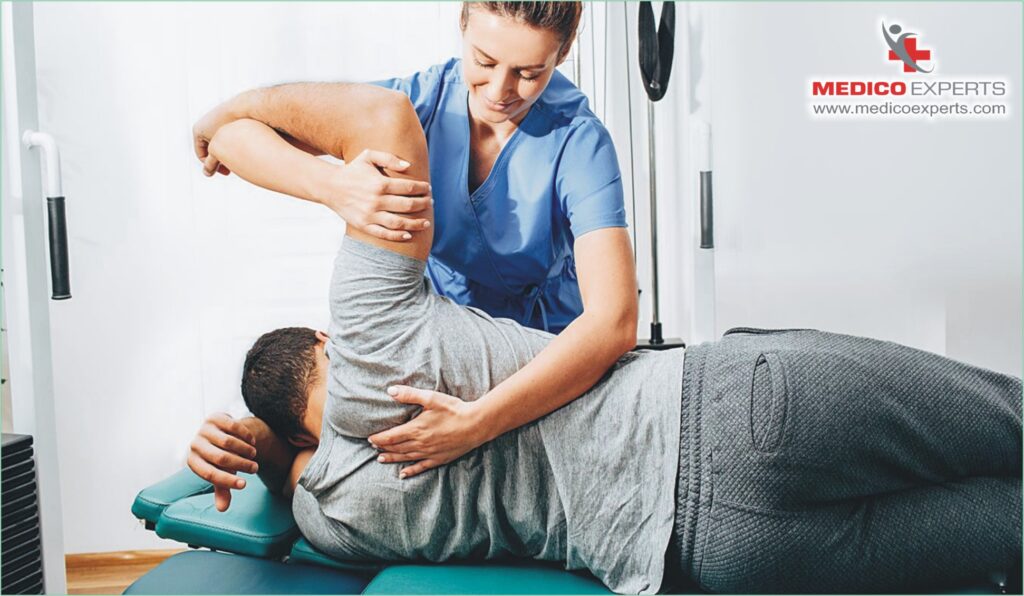
Your child needs muscle training and exercises to help them improve their strength, balance, flexibility, motor skills, and mobility. But you should go for it under the instruction of a physical therapist who has a proven track record and years of experience.
The physical therapist will also train you on safely taking care of your child. The therapist will also show you how to bathe, feed, and help them do muscle training and exercise.
For the first 2 years of your child’s life, you will need a physical therapist and an occupational therapist to learn to take care of your child and deal with issues like head and trunk control, grasping, and rolling.
The therapist may recommend braces and other supportive devices to improve walking in your child.
Occupational Therapy
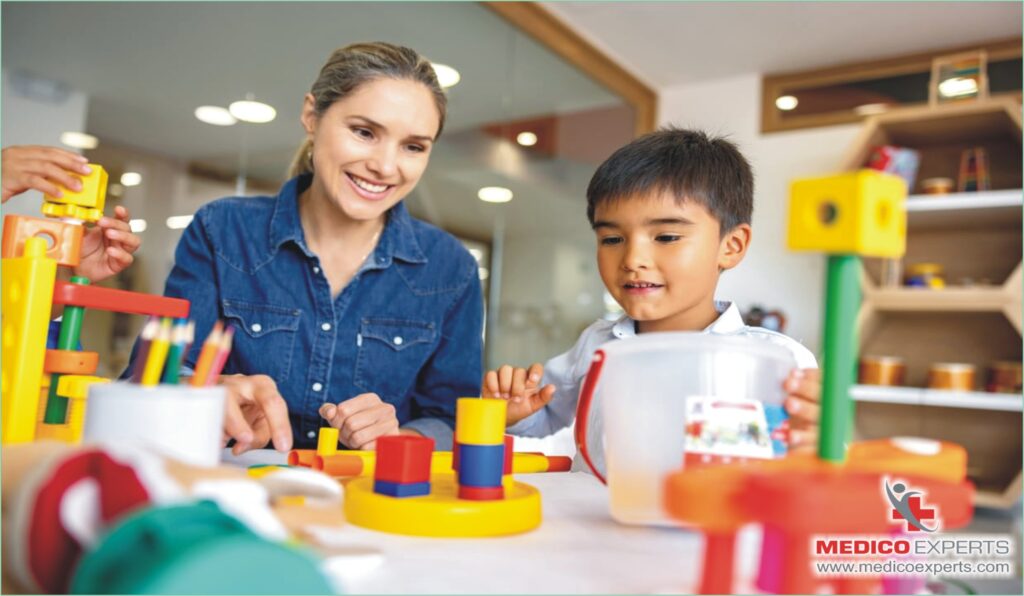
You will also need an occupational therapist to help your child become self-reliant in their daily activities. Occupational therapists may recommend walkers and other assistive devices to help them walk. In severe cases, they may ask you to use an electrical wheelchair.
Whichever therapy you opt for your child, you need to concentrate on early intervention. It is because habits form when the child’s brain strengthens certain pathways through practice.
That’s because your child’s young brain is more adaptable at an early age and that makes it easier to learn healthy habits compared to an adult.
Combination Therapy

Coming to India for treatment will give you the option of combination therapy. Which is an integration of different medical sciences like allopathy, cell-based treatment, Ayurveda, and homeopathy.
MedicoExperts has brought specialists of different medical sciences under one umbrella for you. We follow these steps to proceed with combination therapy:
- We begin with reviewing your child’s case. videos, medical history, and assessments are part of this reviewing process.
- We then design a customized treatment plan based on the review results.
- Next, your child’s treatment and therapies are done as suggested by the team of specialists.
- We closely monitor your child’s progress and then make necessary adjustments to ensure the best treatment outcome.
Takeaway
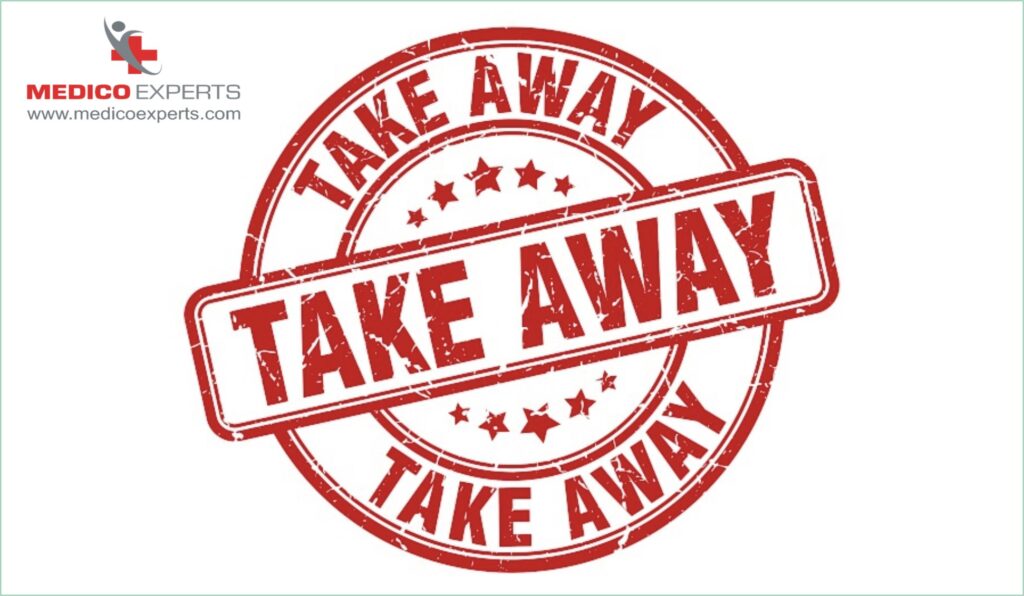
With the right therapy, care, and support, children with cerebral palsy can significantly improve their walking. Stem cell therapy has shown some promising results recently.
You should approach a doctor as early as possible for consultation and should provide your child necessary support from early childhood.
Taking help from a physical therapist and occupational therapist will go a long way to help your child walk and become self-reliant.
For the best stem cell therapy, occupational therapy, and physical therapy in India contact MedicoExperts. We can guide you in finding the right care for your child as we can connect you to the best specialists and hospitals.
What’s more, we can help you connect with a team of specialists for combination therapy to improve the treatment outcome further.
Frequently Asked Questions (FAQs)
Q1. What causes spasticity in cerebral palsy?
A: Spasticity in cerebral palsy is caused when the brain’s motor cortex ( part of the brain that controls your body’s voluntary movements and motor learning) gets damaged. Most children develop CP during labor and delivery because of fetal development or brain damage.
Q2. How to reduce spasticity in cerebral palsy?
A: Though it is challenging to manage spasticity in CP, you can manage it with a tailored approach the first thing you need to do is identify and remove any factor that can worsen your child’s condition. If spasticity is leading to deformities and physical pain, you should immediately get treatment.
The treatment will be completely based on the location and severity of the condition. Your child may need medicine, injections, physical and occupational therapy, and in severe cases they might need surgery.
Q3. What are the activities to improve gross motor skills?
A: There are some activities that a child will enjoy and at the same time they help boost your child’s gross motor skills. Some of these activities are using trampoline, tricycles, and scooters, balloons and bubble play, and martial art classes. and dancing.
References
https://pubmed.ncbi.nlm.nih.gov/14763715/
https://www.ncbi.nlm.nih.gov/pmc/articles/PMC6394183/
https://www.ncbi.nlm.nih.gov/pmc/articles/PMC4961108/
https://www.ncbi.nlm.nih.gov/pmc/articles/PMC5406689/
https://www.ncbi.nlm.nih.gov/pmc/articles/PMC9659788/
https://www.ncbi.nlm.nih.gov/pmc/articles/PMC2706340/
https://pubmed.ncbi.nlm.nih.gov/21102211/
https://pubmed.ncbi.nlm.nih.gov/3350949/
Relevant Articles For You
Understanding how to diagnose cerebral palsy (CP) in infants is crucial for their development and well-being. CP is typically diagnosed…..Read More
You may be worried about the independence and mobility of your child in daily life due to cerebral palsy (CP). You may also have…..Read More
The term life expectancy means the number of years a person is expected to live. The average life expectancy refers to the…..Read More
Recommendations To Understand Different Treatments
As a parent of a child with cerebral palsy, you may be worried about your child’s education and future. You want to improve…..Read More
Advanced Treatment Options for Hypotonic Cerebral Palsy, with new possibilities for improved quality of life. Living with…..Read More
Medically Reviewed by MedicoExperts Editorial & Clinical Review Board on 26 September 2024



